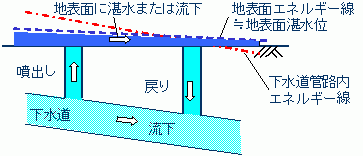
Flooding is complicated phenomenon. When analyzing flooding behavior,
you have to consider drainage into and overflow from sewage system and
ponding and sheet flow on the ground.
The major Strength of NILIM2.0 is the capability of dealing with such phenomena that water overflowed from sewage system runoff on the ground as sheet flow and is eventually drained into sewage system depending on water level in the sewage system.
NILIM2.0 is composed of River model, Flood model and Sewage system model.
It is able to deal with levee breaking, riverine overflow and overflow
from sewage system. It is also able to deal with combinations of them.
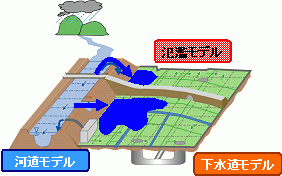
|
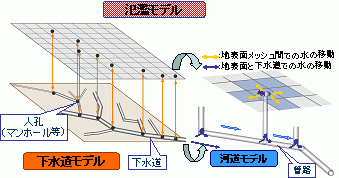
|
NILIM2.0 model overview |
Interaction between on and under the ground |
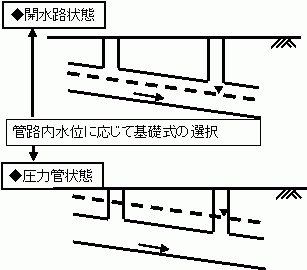
As to water flow inside sewages, it can deal with both open water flow
and pressure flow, enabling you to reproduce water behavior which overflow
from sewage onto the ground.
NILIM conducted an experiment and know the relationship between the amount
of overflow and water level inside the sewage, enable you to calculate
the amount of overflow and drainage.
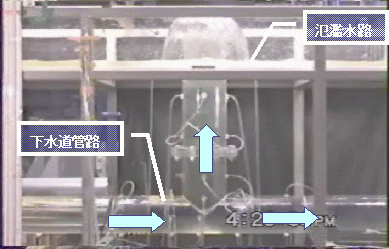
The Experiment
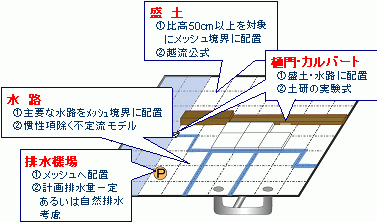
You can place various kinds of structures on the Floodplain model, which allows you to see influences by structures on flood water behavior. You can also see how drainage facilities work.
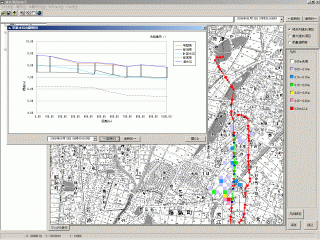
NILIM2.0 shows kinds of information in comprehensible figures. You can see flood conditions, water levels inside sewages, and water levels of rivers. You can store input and output data in the system.
| Store input and output data | Flood condition |
|---|---|
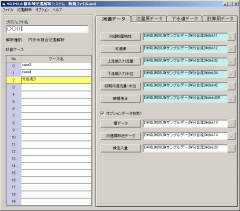 |
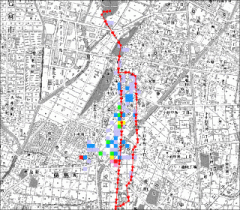 |
| Water level transition | Profile water level inside a sewage |
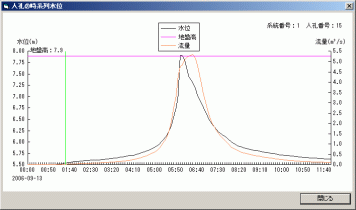 |
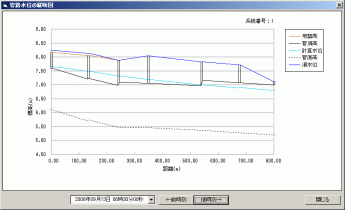 |
| Profile water level of rivers | Rainfall transition (input data) |
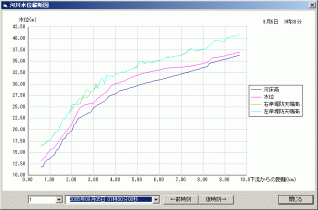 |
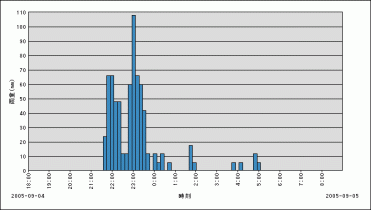 |
| Input rainfall data | |
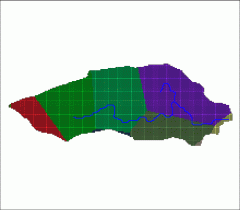
|